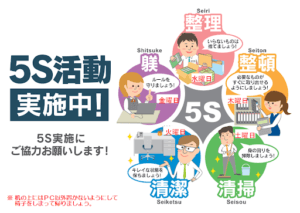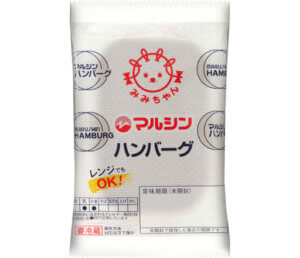What is 5S in the Japanese Workplace? (1)
Why the Japanese Have Difficulty Explaining 5S? Most non-Japanese business people especially factory workers must know something about 5S. A Google search will find multiple variations of the definitions of the five concepts, sometimes Seiri = sorting, Seiton = organizing, Seiso = cleaning, Seiketsu = sanitizing and Shitsuke = sustaining. Other times Seiri = organizing […]
LULU, the most famous cold medicine in Japan
LULU Most people in Japan think of LULU when they hear the words household remedy. For nearly 60 years after it first went on sale in 1951, LULU has been enjoyed by the Japanese as a familiar cold remedy. Besides its effectiveness, LULU was also created taking user-friendliness and packaging into account. LULU tablets were thus sugar-coated […]
Where Did Its Aim of “Protecting Children” Go in Japan?
Debate over the Ban on Child Porn Comics in Japan It has Been Turned into a Political Issue at the Convenience of Adults On June 16, 2010, when the Tokyo Metropolitan Assembly’s regular session in June was closed, an amendment bill to the metropolitan ordinance for the sound development of youth was voted down by […]
Japanese Job Interview -- (10) Taboo in Japan (What you shouldn't do in an interview)
Japanese Job Interview -- (10) Taboo in Japan (What you shouldn't do in an interview) Lastly, about a taboo at the interview. There are many taboos in interviews. Common sense tells us that things like "The building in your company is old, but is there any problem in terms of earthquake resistance?" or "Isn't this […]
Obscure Obsequies: Japan's Changing Funerals
Japan's Changing Funerals In 1993 actress Takiko Mizunoe held a “living funeral.” She was 78, the end could come any time. Meanwhile she was healthy, vivacious, fun-loving – so why not? Why be a corpse at your own funeral when you can be its host, saying farewell to your nearest and dearest in your own […]
Japanese Job Interview -- (9) Job Interview Techniques
Japanese Job Interview -- (9) Job Interview Techniques in Japan Interview techniques are only common sense. The interviewer is also human, so the evaluation criteria are different from each person. But there are people who are liked by everyone. As proof of that, it is common that one person gets job offers from many companies. […]
What do you do to relieve stress at work?
Stress related to work is common in all countries. Japan is said to be particularly stressful at work. What are the ways to relieve stress in Japan? I think it's different between women and men, so let's see the answers of women this time. What do you do to relieve stress at work? 1. Eat […]
Japanese Job Interview -- (8) when asking questions from your side
Japanese Job Interview -- (8) when asking questions from your side The interviewer will almost certainly ask, "Do you have any questions?" The more questions you ask, the more interested you are in the job. On the other hand, if you don't have any questions, it will be a negative evaluation, so make sure to […]
Marushin Hamburger
Marushin Hamburger and Its History Marushin Hamburger that is well known for its TV commercial jingle “Ma~rushin, Ma~rushin Hanbāgu (Hamburger)” went on sale in the 1960s at a time when a food called hamburger was not yet familiar to the Japanese people. This product enabled real hamburger to be easily enjoyed simply by taking it out […]
Japanese People Prefer Indirect to Direct and Hate Emotional People
Japan—a Nation of Indirect Talkers When we do teambuilding work with Japanese and non-Japanese companies, we ask our participants to do a self-assessment of their communication style. They discover their general preferences for direct and indirect speaking. They examine how they would communicate in different scenarios—for example, how would they let someone know they did […]












